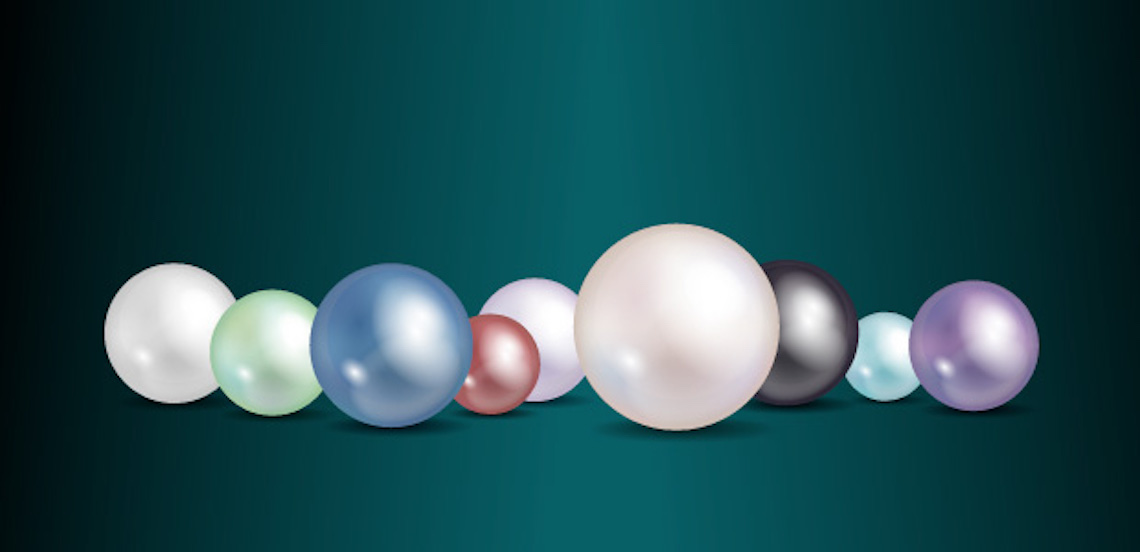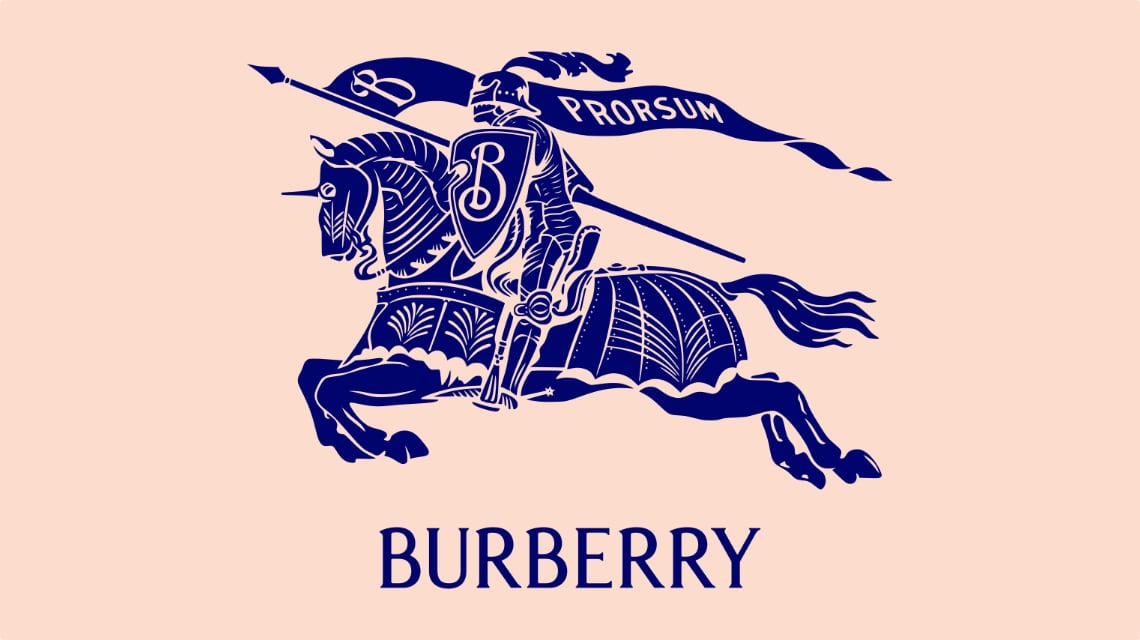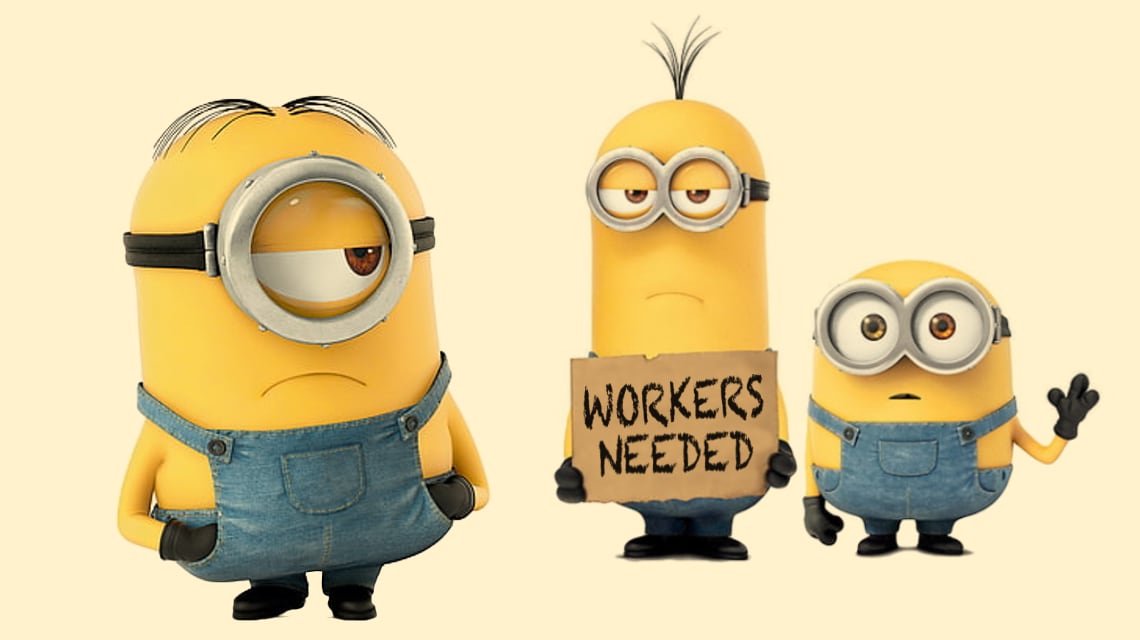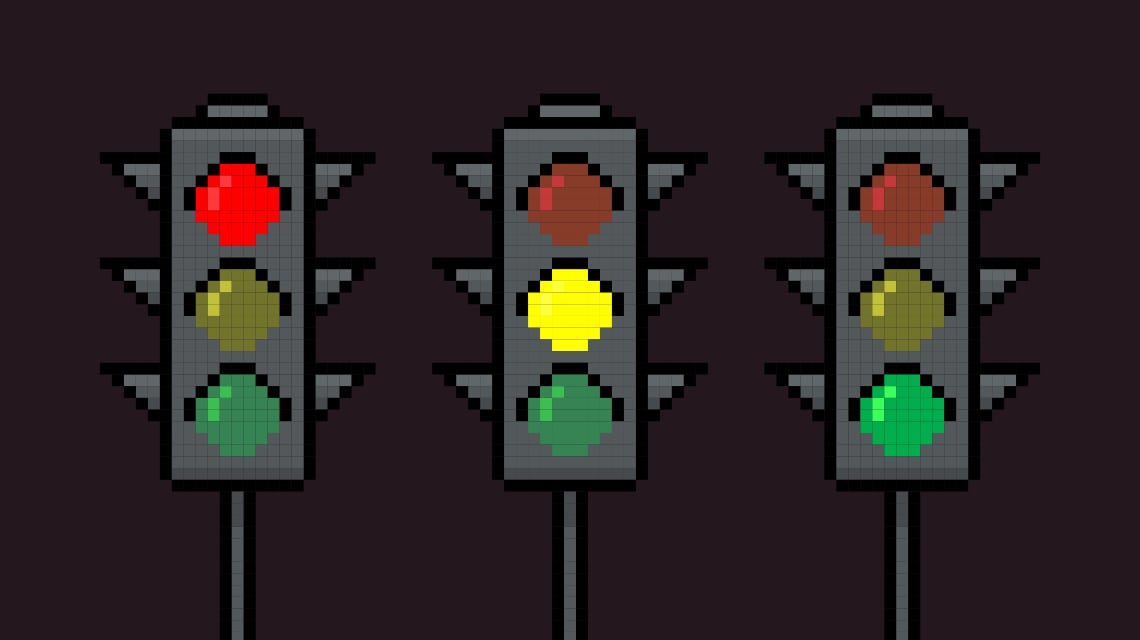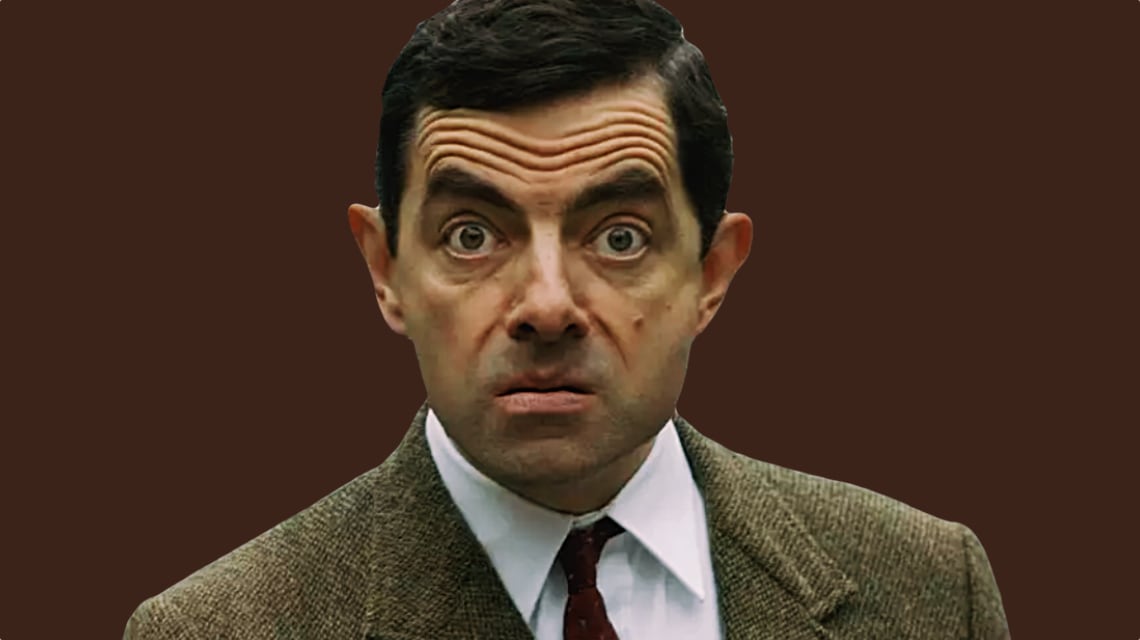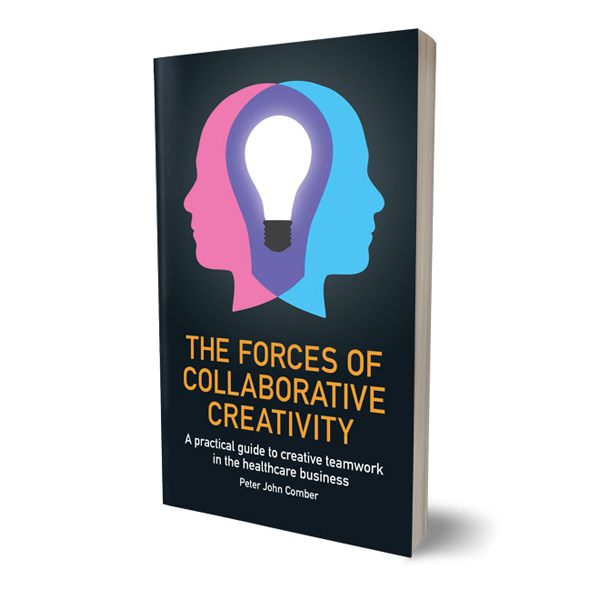Embrace the grit.
New solutions can be driven by dissatisfaction - organisations should learn to consider workplace dysfunction and discord as opportunities for change.
The workplace has seen abundant, radical change in the last year. When the distancing measures we currently endure are permanently relaxed the workplace we return to will, inevitably, be different. For many, there will be less time spent in the office and more remote work than was the norm before offices suddenly emptied. For those organisations where employees will spend less time physically together, one important consideration is that the quality of the time spent together must be greater. This in part to justify the time, cost and effort of commuting but more importantly because the expectation connected with a live encounter will be greater than previously. Going to the office will have to be a valuable experience for all involved.
Confronting and solving issues is an example of an activity that will probably take place in the office and not on a video call. The problem with this and other sensitive aspects of work that might plausibly be considered worthy of face to face meetings is that they aren’t very pleasant. There is a risk that with much of the routine aspects of business being handled remotely, having to go into the office could become associated with problems, confrontation and stress.
New ways of exploring and resolving issues must be adopted to make the experience rewarding. Collaborative Creativity is a way to get people in organisations to examine problems together. Performing creative exercises, in teams, and then explaining and discussing the ideas that emerge is a constructive and relatively safe way to explore issues.
At the start of a Collaborative Creativity session, the right exercises for the right group allow individuals to discover things about themselves and teams to understand the point of view of others. It works because creativity is an accepted way to convey and examine emotion. In comparison, the sentences of a discussion, especially in a business context, are very limiting.
Armed with improved empathy, for oneself and others, in the second part of the session the participants can analyse the situation and look for solutions with an improved frame of mind and a broader perspective. The creative tasks are designed not to reward an individual for single-handedly presenting a complete answer - they foster the gradual and collective discovery of a resolution. The great advantage of this is that there is no single owner of an idea, on the contrary, potentially every participant in the session is a co-author.
I’ve designed and moderated many Collaborative Creativity sessions. Every one was different but they share common traits, one of these is the feeling of personal satisfaction and group cohesion they give to participants. Collaborative Creativity sessions are a rewarding experience, one worth going to the office for.
Oysters create pearls in response to an irritant, such as a grain of sand or another object. Evolution has gifted the oyster with a method that allows it to transform a piece of grit into something beautiful. The workplace is undergoing profound transformation and companies must evolve and adopt new methods that are appropriate to a new environment. I know that in my analogy the most efficient reaction to the irritant would be to simply eliminate it. But ask yourself: if you do that, are you eliminating an irritant or are you missing an opportunity to create a pearl?
